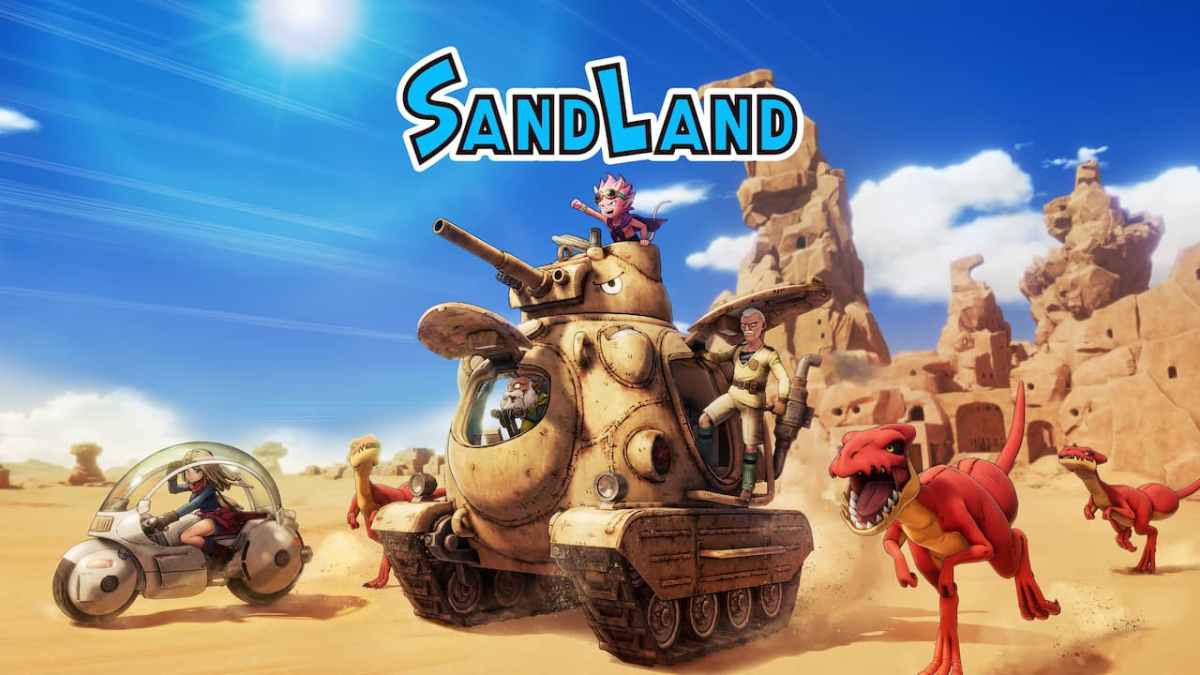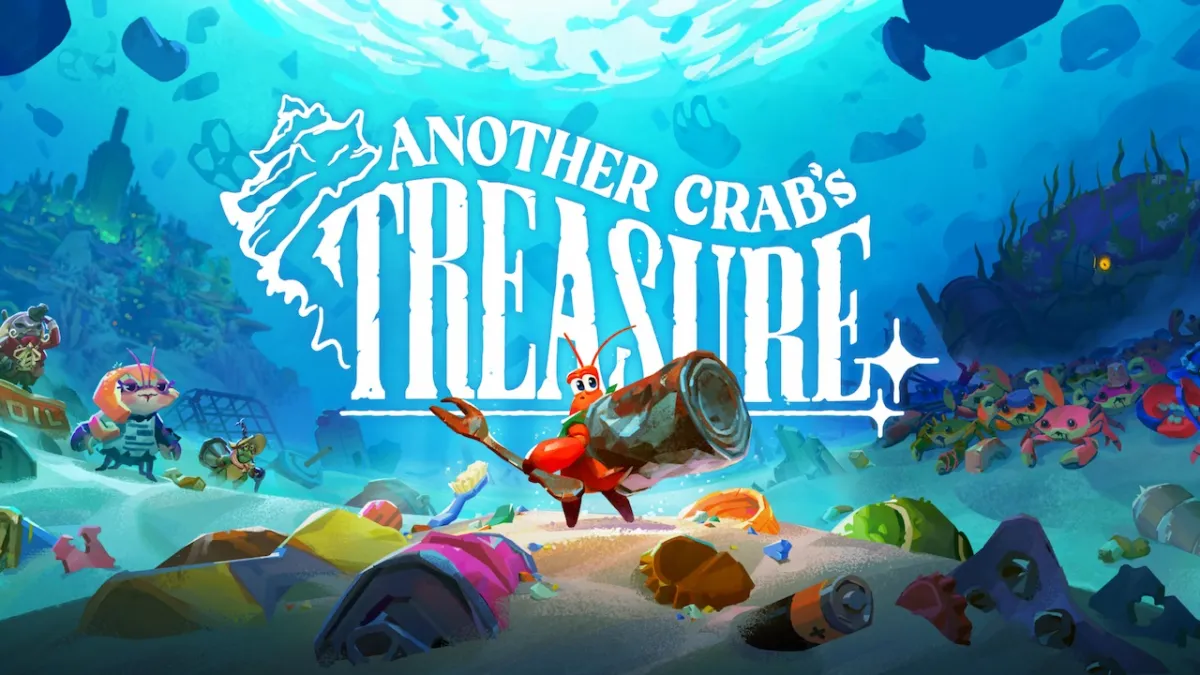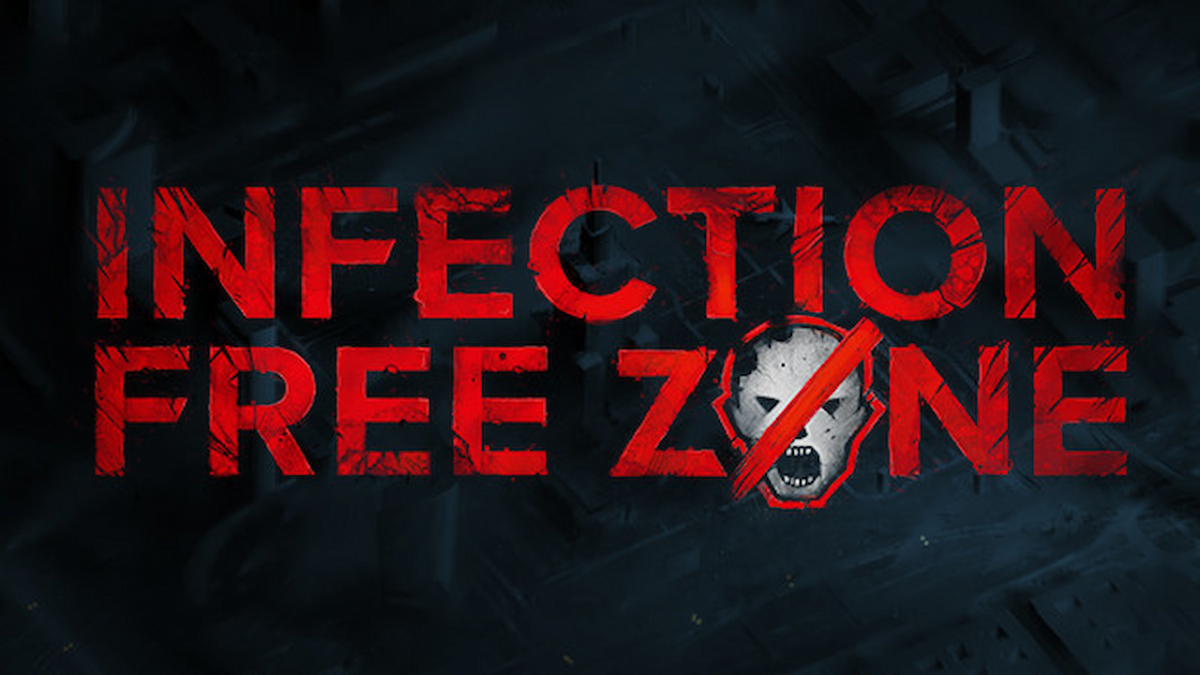The Train Giant (otherwise known as A-Train 9) is … wait a second, A-Train NINE? I can remember playing the original A-Train on the Amiga, but until I was given this game to review I had no idea it had run to so many editions. In fact I’ve since learned that ‘original’ A-Train was actually A-Train III, licensed for distribution outside Japan. In total, there are something like sixteen titles in the A-Train series.
Based on this, it’s reasonable to assume that the game is still rather popular in Japan. A-Train 9 has been available there since early 2010, and the all-seeing eye of wikipedia suggests that two Japan-only expansion packs have been released for the title.
If you buy the game in Japan, it may even come with a proper manual.
Yes, the major problem with The Train Giant (let’s stick with that name, shall we?), which will slam into you like a runaway locomotive within moments of starting the game, is the distinct lack of guidance it gives the prospective railway tycoon.
There is no in-game tutorial. At all. The closest you get in each scenario is a ‘suggestion’, along the lines of “hey, maybe you should build another line between City A and City B or, like, build some factories or something”. Now, since The Train Giant is a curious hybrid of Sim City and transport simulators like Cities in Motion, I wasn’t completely lost. I’ve played my fair share of city builders, so putting down some railway lines and slapping a train on them wasn’t an insurmountable challenge.
Still, it would be helpful if the in-game html manual could offer more aid than a lone, terse sentence on each important feature. Here, for example, is pretty much everything it has to say about developing the cities that your trains (and buses) serve: “Once you know the city’s features, you can start developing it.” Yes … that’s great The Train Giant, but maybe you could trouble yourself to be just a little bit more specific?
The other manual included with the game (in pdf form) is a little better on the basics, but not much help beyond that.
[video2=2880]
Here’s what I’ve managed to piece together, based on the scraps of information present in the manual(s), bits and pieces posted on forums and through messing around in a few scenarios to see what sticks.
The aim (such as it is) of every map is to earn yourself ten trillion yen. That might seem like a lot of money, but … no, actually it is a lot of money. To get yourself there, you’ll be needing to run a successful transit system, developing whatever pre-built cityscape is provided for you in each given map into a thriving economic hub and dabbling in a few subsidiary ventures like hotels (and maybe even the stock market). There are several pre-created scenarios to tackle, but it’s also possible to create your own maps to play on with an in-game editor.
Building stuff in The Train Giant isn’t a simple matter of slapping your foundations down in the desired area, however. Every construction requires materials, which must be made in factories and distributed by a network of trucks (put together by you) to warehouses. Each warehouse has a radius, around which you can place buildings, but only if the warehouse contains enough materials.
It’s not a bad system, in principle. Unfortunately, the method of getting your trucks to travel between factories and warehouses is a convoluted mess of micro-management.
As far as I’ve been able to figure out, the only way to tell your trucks where to go (and you need to do this, because otherwise they’ll just drive around haphazardly) is to follow them in real-time with the ‘timetable assistant’ function and give them the correct directions at every intersection and junction they encounter. It’s necessary to do this with every single truck you purchase.
To speed up their progress through the city it’s possible to either ramp up the time compression, or to tweak some traffic lights in order to hurry them to a destination. When I discovered this, the reviewing part of my brain said “wow, that’s some considerable depth this game has”. Meanwhile, the emotional part reflected on the decision to use one of the most open, creative mediums known to mankind as a traffic light control simulator, and attempted to shut itself down in horror.
Even the people who’ve been dying for a city management game that lets them screw around with traffic lights will surely realise that this method of goods distribution is a tedious bore.
There’s really no overlooking the fact that The Train Giant gives players precisely zero feedback in terms of what their next move might be. The needs of each scenario city are pretty much a mystery, without any clear indication which areas might be lacking power, goods, employment and so forth at any given time. I was still trying to figure out how the material distribution worked when I was told (via a cheerful talking-head pop-up) that I needed to direct goods to the warehouse I’d just constructed in the area. Splendid. Except neither the game, nor either of the manuals, could adequately teach me how to actually do that.
This is an issue replicated right through the title. If I build more apartments, will people flock to stay in them? Or do certain conditions need to be met first? Do they need more transport links before moving in? Are they unhappy if I build a factory next door, or will they not really care? Why is this industry not making any money in this location?
When a game so stubbornly refuses to tell you its own rules, it’s difficult to muster up any enthusiasm to even attempt to co-operate with it.
It’s also rather odd just how empty every city is. Even model railways have those little plastic people you can stand at the sides of the track, but The Train City’s citizens are one hundred percent invisible, appearing only as numerical data. There’s no additional traffic on any of the roads either, giving every scenario the feel of a ghost town. This is especially strange, because some effort has gone into adding indications of life in other areas. Houses and other buildings light up at night, and every map has dynamic weather to give it more of a natural atmosphere.
The Train Giant is in desperate need of a proper tutorial explaining the basics of the game, how to effectively distribute materials, and the role each building (or category of building) plays in the overall economic scheme of the city. It needs a substantial manual that can offer more than a couple of sentences on subjects that are clearly more in-depth and complex than these cursory, almost derisory, instructions indicate. It needs much greater levels of player feedback, offering clear information about issues in the city, problems with the transit system or holes in the economic chain which need fixing. In short, it needs to actually make some sort of attempt to define itself to players and appeal to them.
There might be a half-decent experience buried in here somewhere, but it’s impossible to recommend a game this obtuse and impenetrable on the basis that it might get better after untold hours of trial and error. If you want a reasonable transport sim, take a look at Cities in Motion; if you fancy a city builder, your options are limited, but consider Cities XL 2012 or wait for the new Sim City. Just stay away from this, unless you feel you can hurdle its huge barrier to entry.



